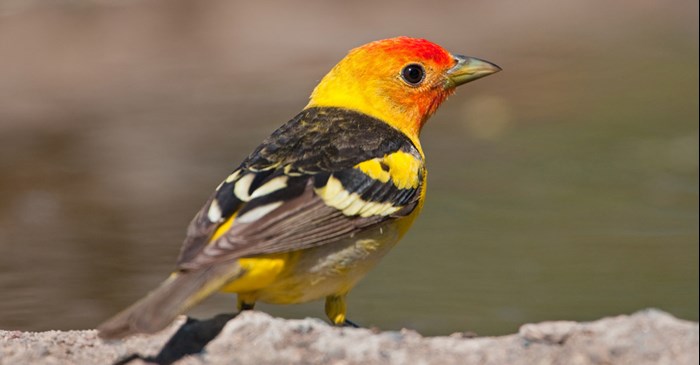When spring comes, some 350 bird species start winging their way northward, where they can choose territories, mates and safe places to build nests. But what triggers a bird to migrate may differ from species to species. Broadly speaking, the reason a bird migrates can fall under one of two categories. Some birds are hardwired to make the trip at a specific time, which is known as obligate migration. Others take cues from environmental conditions, such as food supplies and warming temperatures, and that is known as facultative migration. Both kinds of migration can reveal something about the birds.
Obligate migration
For some birds, the drive to migrate is driven by instinct. They’ll take off and arrive at the same time, year after year. Of course, as with any journey, bad weather can delay things, but these birds stick pretty closely to the schedule. If your corner of the world is experiencing an early spring, that doesn’t mean these birds will arrive any earlier.
When scientists studied these hardwired, on-a-schedule migrators in captivity, they discovered these birds become restless during migration season, with some experiencing hormonal changes.
Generally speaking, many obligate migrators travel long distances, typically from tropical areas in Central and South America to North America. Warblers, swallows, orioles, tanagers and flycatchers are just some of the types of birds that fall under this category.
Scientists think they evolved to make the big trip because these northern lands hold many advantages for a successful breeding season: plenty of real estate to build a nest, an abundance of summer insects and long summer days. In other words, in the spring and summer, new resources open up in the north. Because these resources become available at a predictable time of year, the birds have timed their journey accordingly.
Facultative migration
In facultative migration, the underlying concept is choice. The birds migrate in response to physical changes in the environment. In the fall and winter, they may be prompted to migrate to reach better food supplies.
In the spring, warming weather might prompt them to make the trip. Examples of facultative migrants are Red-winged Blackbirds, American Robins, and Blue Jays.
During migration season, help birds get the energy they need. Keeping your feeders filled with a high-quality bird food, such as Lyric Supreme Mix, is sure to draw them in for a landing.
